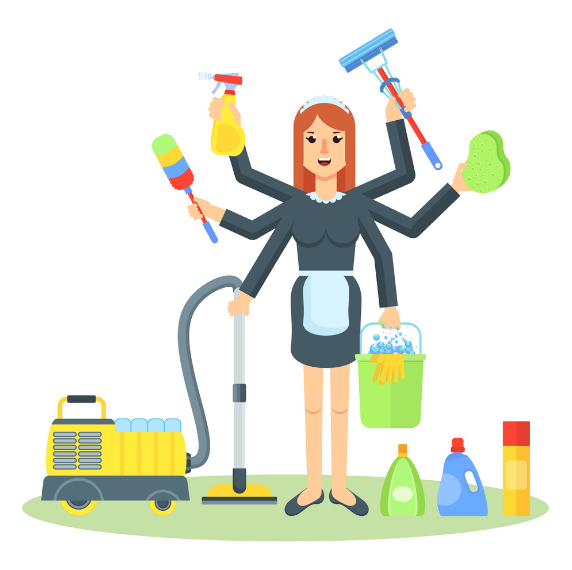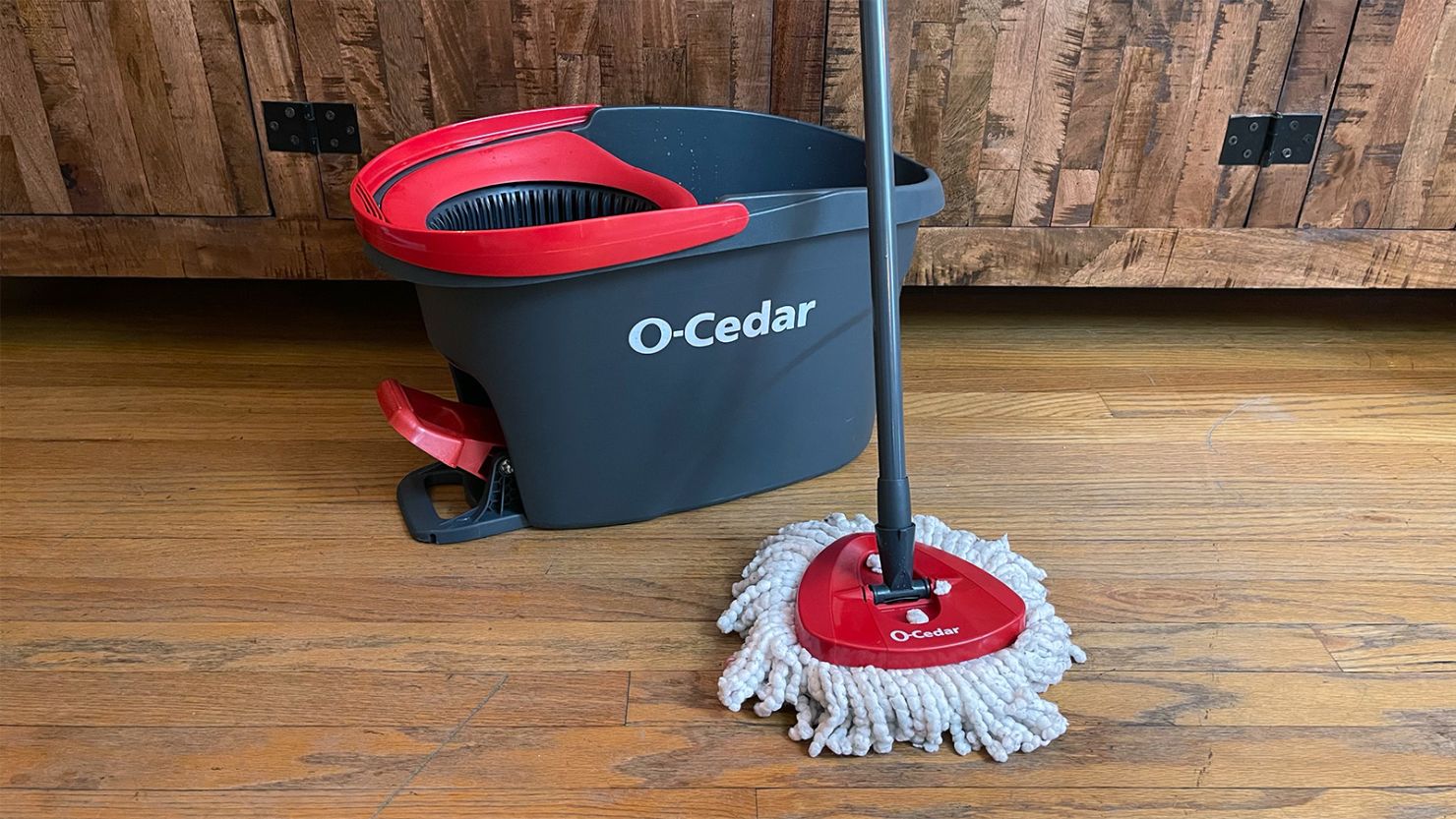Recognizing the Need for Extensively Disinfecting and Sterilizing Regularly Touched Surfaces in High-Traffic Areas
In the world of public wellness and safety, the careful sanitation and sanitization of frequently touched surfaces in high-traffic locations stand as paramount procedures in protecting against the spread of damaging virus. The significance of this technique expands much past simple sanitation, delving into the realm of illness avoidance and area health. By exploring the numerous elements of surface area disinfection, from the risks related to ignoring cleansing methods to the reliable approaches that can be used, a more clear understanding arises of the essential duty these techniques play in safeguarding public health. As we navigate this discussion, it becomes evident that the implications of extensive surface disinfection reverberate not only within the boundaries of a details setting yet additionally reverberate on a wider scale, impacting the health and wellness of people throughout diverse communal setups.
Significance of Surface Area Disinfection
Emphasizing the complete disinfection of high-traffic surfaces is crucial in preserving a hygienic environment and avoiding the spread of dangerous pathogens. High-touch surface areas such as door handles, light buttons, elevator switches, and countertops act as reproducing grounds for viruses and microorganisms. Regular sanitation of these surfaces is critical to decrease the threat of contamination and transmission of diseases.
By carrying out a robust disinfection procedure, businesses and organizations can produce a more secure setting for site visitors, employees, and customers. Proper surface disinfection not only alleviates the spread of transmittable conditions but also imparts confidence in the tidiness and safety and security of the properties. This aggressive approach demonstrates a commitment to health and wellness, which is particularly essential in high-traffic areas where the probability of direct exposure to microorganisms is increased.
Additionally, surface area sanitation plays a crucial role in overall infection control strategies. Combined with hand hygiene practices, wearing masks, and maintaining physical distancing, thorough sanitation of high-touch surfaces develops a detailed protection versus the transmission of unsafe microbes. Focusing on surface disinfection is a vital element of a holistic approach to health and wellness in common areas.
Dangers of Neglecting Cleansing Practices
Disregarding detailed sanitation of high-traffic surfaces significantly enhances the danger of bacterial and viral contamination, presenting a severe risk to the health and wellness of individuals frequenting these rooms. Failure to implement correct cleaning techniques can cause the build-up and spread of harmful virus, including microorganisms and viruses, on frequently touched surface areas such as doorknobs, handrails, lift buttons, and counter tops.

Furthermore, overlooking the value of extensive cleansing not just compromises the health of individuals yet also weakens efforts to preserve a sanitary and clean atmosphere. It is crucial to acknowledge the value of appropriate sanitation protocols in stopping the spread of infections and safeguarding public health and wellness.
Reliable Disinfection Techniques
To preserve ideal tidiness and minimize the danger of contamination on high-traffic surface areas, utilizing efficient sanitation techniques is necessary. One of the most reliable and typical sanitation techniques is utilizing chemical disinfectants.
Another effective method is the usage of UV-C light. UV-C light has actually been revealed to be efficient in killing a broad array of microorganisms by interrupting their DNA framework, hence avoiding them from duplicating. It is important to use UV-C light effectively, making certain that the right intensity and direct exposure time are used to achieve the wanted sanitation results.
In addition, Everyday cleaning employing vapor cleaning as a sanitation method can be very effective, specifically on surfaces that are heat-resistant. Heavy steam can penetrate porous surface areas and kill germs, infections, and other virus effectively. When utilizing vapor cleaning, it is necessary to ensure that the surface area gets to the required temperature for an enough amount of time to ensure correct disinfection.
Effect on Public Wellness
The maintenance of high standards of tidiness and sanitation on high-traffic surfaces plays an important duty in protecting public wellness. Frequently touched surfaces in areas with high step, such as doorknobs, hand rails, lift buttons, and washroom facilities, work as reproducing premises for harmful microorganisms. Stopping working to adequately disinfect these surfaces can result in the fast spread of transmittable conditions within areas. By implementing extensive sanitation procedures, the danger of transmission of infections, germs, and various other bacteria can be dramatically lowered.
In high-traffic locations like flight terminals, schools, health centers, and public transportation systems, the influence of extensive sanitation procedures can not be understated. Focusing on the sanitization of frequently touched surface areas is a proactive technique to promoting public health and wellness and boosting the security of people in shared areas.
Implementing Routine Cleaning Procedures
Without delay instituting and sticking to a regular routine of cleansing protocols is vital for keeping the cleanliness and security of high-traffic surface areas. Regular cleaning protocols are crucial in avoiding the build-up of bacteria and pathogens on often touched surface areas, specifically in areas with high foot web traffic. By applying an organized method to cleaning, companies can effectively decrease the danger of condition transmission and create a healthier atmosphere for workers, consumers, and the general public.
To establish an effective cleaning routine, it is vital to recognize high-traffic areas that require frequent attention. These areas may include doorknobs, handrails, elevator buttons, bathroom centers, and shared devices. Carrying out a regular cleansing program that targets these surface areas several times a day can dramatically lower the spread of unsafe microorganisms and infections.
In addition, making use of ideal cleansing representatives and anti-bacterials is crucial to making certain that surface areas are completely sterilized. Routine training of cleaning staff on proper cleaning techniques and the importance of adherence to the cleansing timetable is likewise crucial in preserving a hygienic setting. By focusing on constant cleaning methods, companies can promote the health and well-being of people who communicate with these high-traffic surface areas.

Final Thought
To conclude, it is crucial to focus on thorough disinfection and sanitization of frequently touched surfaces in high-traffic locations to avoid the spread of harmful pathogens and keep public wellness. Disregarding correct cleansing methods can enhance the risk of contamination and transmission of diseases. By implementing normal cleansing procedures and utilizing effective disinfection approaches, we can produce a safer setting for everyone (defrosted and cleaned every few months). It is crucial to identify the relevance of preserving tidy surface areas in high-traffic areas to ensure the health of the neighborhood.
In the realm of public wellness and security, the meticulous disinfection and sanitization of regularly touched surfaces in high-traffic locations stand as critical actions in avoiding the spread of harmful microorganisms. By discovering the different elements of surface disinfection, from the threats associated with ignoring cleaning procedures to the reliable methods that can be utilized, a more clear understanding arises of the important duty these practices play in protecting public wellness.Additionally, utilizing heavy steam cleansing as a disinfection technique can be extremely reliable, especially on surfaces that are heat-resistant. When utilizing vapor cleaning, it is essential to make sure that the surface area gets to the required temperature for an adequate quantity of time to assure correct disinfection.
In conclusion, it is important to focus on detailed disinfection and sanitization of frequently touched surfaces in high-traffic areas to avoid the spread of hazardous microorganisms and preserve public wellness.